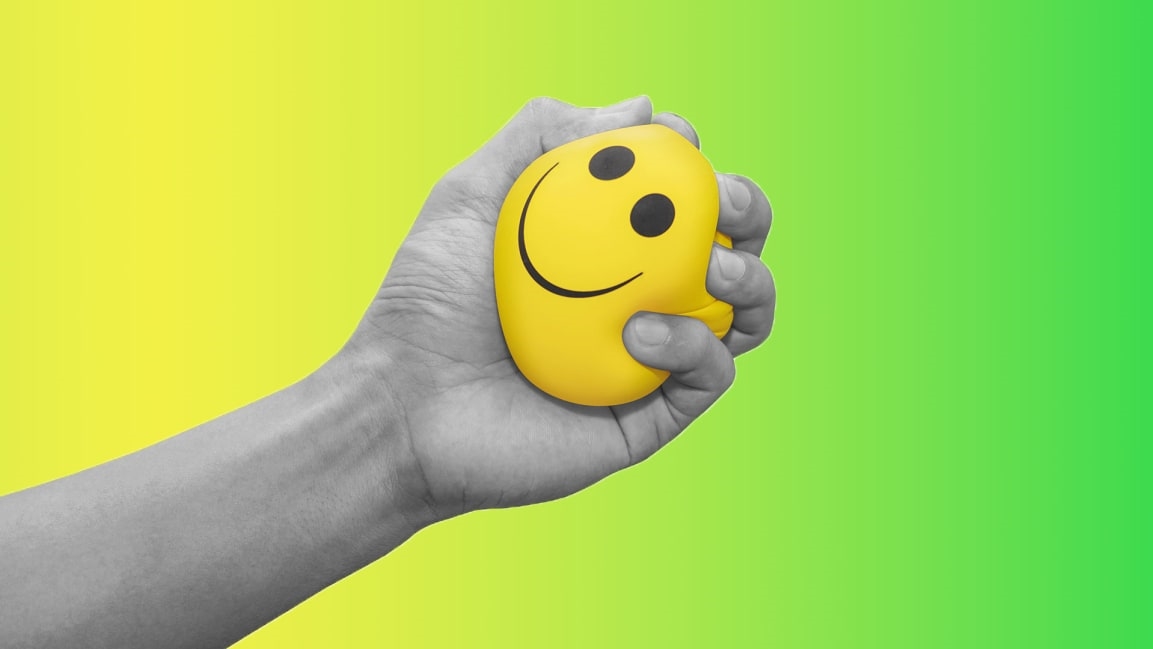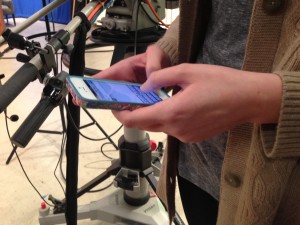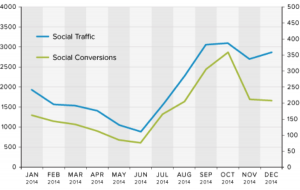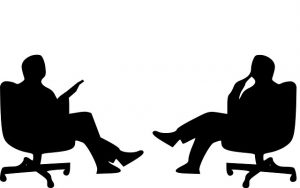
After spending two years working from home (WFH) or working from anywhere (WFA), employers want their workers back into the office. (Work from anywhere is not always allowed due to cybersecurity and taxation issues that sometimes restrict what states or countries employees can work from).
But it is hard to convince employees that they need to be back in the office full time when they have been working remotely—and being productive—for such a long time. However, regardless of how we feel about in-the-office, face-to-face interactions, we must admit that it is much easier to collaborate and build relationships in person. (And that applies to friendships, your mom, or your office colleagues). No matter how informal and casual the Zoom meeting, it’s not the same as sitting in the lunch room, sharing a coffee or a can of sparkling water or eating an order in lunch. If you have had the pleasure of enjoying a Zoom happy hour, I doubt I need to convince you that it’s not the same as snacks and drinks with a group of colleagues, whether at work or at your favorite watering hole.
What hybrid work looks like varies widely. At one end there are monthly or quarterly meetings where distributed teams come together to meet, strategize and socialize. Some of these teams are attached to an office that may be thousands of miles away or in the same city; and some may even be in different countries. At the other end, some companies including major tech companies such as Google and Apple, have ended voluntary work from home arrangements, and are now requiring that employees go into the office at least two to three days per week.
In the case of Google, this new schedule began on April 4. For Apple the shift back into the office is staggered and began on April 11, yet workers are already pushing back. As of this writing, Twitter has the most flexible policy with CEO Parag Agrawal telling staff that wherever they feel most productive and creative is fine with the company, whether that means being remote forever or being in the office full time. In the same announcement, Agrawal admits that “distributed working will be much, much harder,” and that there will be “lots of challenges in the coming months.”
Returning to the office is going to be a significant life change for many employees and much of the Great Resignation is being attributed to workers quitting jobs that require them to return to the office in exchange for employers that will allow them to be fully remote.
The challenges
After years of rolling out of bed to a nearby desk for the first meeting of the day, workers will have to get up early, shower, get dressed, get in a car or take public transit and get themselves to work. With the average commute being almost 30 minutes, this means at least one hour earlier wake up time. For millions of parents they may already be up taking their kids to work, but now the school run will be in work-wear, and not the pjs and track suits to which we have all become accustomed.
Commuting also costs money. In the San Francisco Bay Area that may mean between $7 and $8.50 each day to cross one of its eight bridges. Add in parking, gas, car maintenance, and the total is easily hundreds of dollars per month. Commutes also often mean buying coffee, breakfast and lunch, and new clothes, which all adds significantly to the costs of working from the office.
And despite the wonderful technology, hybrid communication and collaboration are…complicated. Often it means several people in a conference room with a big screen and others at home on their own computers. And there is no equating the face-to-face, in-the-office spontaneous conversations with a conversation happening in Teams or Slack or by email. This inequality may leave people at home at a significant disadvantage. Steve Jobs was famous for wanting open offices where people could serendipitously connect and exchange ideas to stimulate creativity and collaboration. Scheduling will also need to change as the back-to-back Zoom meetings are not easily replicated when people need to go from one location to the next, and the bathroom isn’t just a few steps away.
As workers return to the office they now have to share space with a lot more people than they have been during the past two years. This means adjusting to more background noise, people moving around, and more casual and spontaneous interactions. All of this will be distracting for most people. Focusing can be difficult at the best of times, but all these distractions will cause certain types of work to take longer. Also online meetings provide clear boundaries about when a meeting is over—just press that leave button, and that usually doesn’t happen as people drift out of a meeting room in person.
Lastly, and this may seem to be less important and yet it’s significant, but it’s what to wear. Zoom meant joggers, pjs or whatever. And on top, many of us cycled through a handful of tops, because who is noticing your clothes when all we see is a square with your head in it? Whereas tech companies have always been forever casual Fridays, more formal work settings such as finance, law or consulting are now shifting from business casual to what is now being called ‘business comfort’ with softer, more flexible fabrics and relaxed fits.
Dealing with all these challenges is going to take some time, as people get used to new schedules, and new ways of being and doing. To help with this adjustment there are a few steps employers and employees can take.
The solutions
It is important that workers know what is expected with regard to days in the office, meetings, and dress codes, and this needs to be clear and explicit and in writing. Business travel is also back, and the whys, whens, and hows of this is also different than the before times. The process by which these decisions are made will depend on corporate culture, but clarity reduces stress by having clear expectations, regardless of whether employees like or agree with the decisions that are made.
To manage the stress of office distractions, you can tune out background noise with noise-canceling headphones (remember those?). If people traffic is a problem, try to find a workspace that is out of the way. To manage the expectations for interaction, you can create a sign to hang outside your workspace that tells people if you’re busy and can’t engage, or if you’re open to a conversation. Develop a polite verbal response to people who want to engage when you are busy. For example, “I’m in the middle of something, can I get back to you in an hour?” And if you just need some time alone, go for a walk. It clears the head and inspires creativity.
Employees also need to create new routines to adapt to a new reality. Getting up the same time everyday—regardless of whether working from home or working remotely—is optimal for mental and physical health, because our circadian rhythms and biological clocks need regularity for processes such as sleep, digestion, and our endocrine systems. The significant increase in time spent on fitness routines also needs to be accommodated, as many people used their commuting time to exercise. New routines will also apply to the millions of new pets acquired during the pandemic.
Lastly, employees need to create new budgets that take into account their new economic reality. During the pandemic savings rates surged due to paused student loan payments, generous unemployment benefits, and work from home policies reduced work-related expenses from clothing, to food and commuting. This will help reduce the stress of the financial hit that will come from returning to the office.
Hybrid work is a new reality that will continue to be in flux as employers and employees find out what works best for each organization. This means that there will be friction and stress as people adapt to shifting expectations. Anticipating and preparing for these stressors will make the transition less challenging.
Ruth C. White PhD, MPH MSW is a is a mental health advocate, diversity, equity and inclusion champion, and a mental health contributor to KRON4 TV Bay Area, and Thrive Global. She is the author of The Stress Management Workbook and Everyday Stress Relief.
(24)









